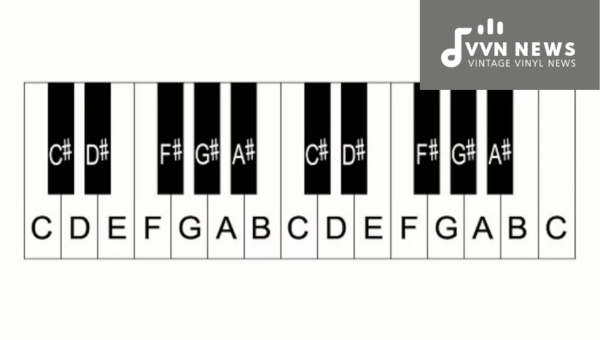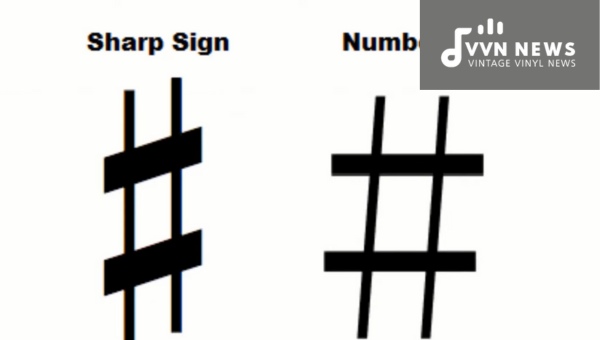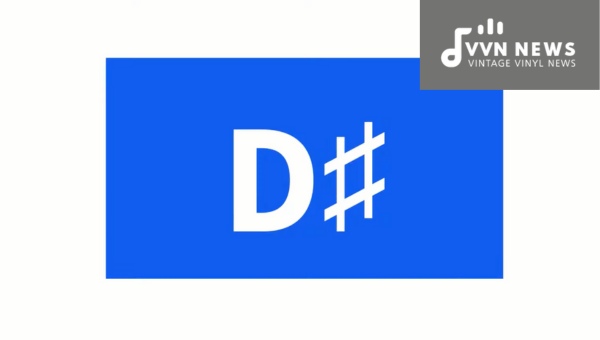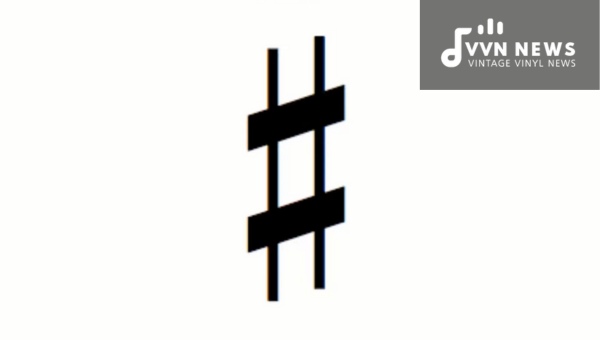As we traverse the world of symbols, the sharp sign often strikes a chord, particularly for anyone who has dabbled in music or graphic design.
This iconic symbol isn’t just a musical notation; it carries its weight in mathematics, computing, and even social media tagging.
Its ubiquity across various platforms makes it an interesting topic to discuss. Whether you’re seeing it on sheet music or as a hashtag leading viral trends on Twitter, its presence is undeniable and rich with meaning.
Understanding the multifaceted uses of the sharp sign can be quite enlightening.
For musicians, it represents a crucial half-step increase in pitch; for programmers, it’s part of a language that breathes life into software.
The symbol has settled comfortably into our digital lexicon with an ease that almost masks its complexity and historical significance.
Join me as we uncover the layers behind this simple yet powerful mark—exploring not only its musical roots but also how it punctuates our modern digital conversation.
What is the Sharp Sign in Music Notation?
The sharp sign (♯) plays a fundamental role in music notation. It is an accidental symbol that, when placed before a note, raises its pitch by a half step.
For instance, if you see a ♯ before an F on the staff, you’ll play an F sharp (F♯), which sounds one semitone higher than F natural.
It’s important to note that the sharp sign affects all subsequent notes of the same pitch within the measure, resetting at the next bar unless carried over by a tie or reiterated by another sharp sign.
Understanding and recognizing sharps is vital for reading and performing music accurately.
How are Sharps Used in Key Signatures?

Sharp signs in key signatures indispensably inform musicians of the pitches that are to be consistently raised by a half step throughout a piece of music.
Positioned immediately after the clef on the staff, sharps appear in a precise order – F, C, G, D, A, E, B – often remembered by the mnemonic “Father Charles Goes Down And Ends Battle.”
Each sharp added counts up, dictating the key. For instance, one sharp sets the key of G major or E minor while four sharps establish E major or C# minor.
Sharps create a roadmap for performers, ensuring tonal accuracy and harmonic structure throughout melodies and harmonies.
Sharp Notes Vs Flat Notes
Understanding the difference between sharp and flat notes is foundational in exploring music’s vast landscape. Let’s delve into each concept separately.
Sharp Notes
The symbol denotes sharp notes ♯ and indicates a half-step increase in pitch from their natural state.
Playing a C sharp (C♯) involves raising the pitch of a C note by a semitone.
On a keyboard, this usually means moving to the next key to the right, which could be a black key if one is available.
Also Read: C Sharp Major Pentatonic Scale [Crisp & Clear Tones For Your Music]
Flat Notes
Conversely, flat notes bear the ♭ symbol and signal a half-step decrease in pitch. Take B flat (B♭); this note is exactly one half-step lower than B natural.
When looking at a piano, you would typically press the key immediately to the left of B natural, most often a black key.
In sheet music, these accidentals can redefine pitches within a scale or melody.
Sharps generally convey an ascending movement or brightness in music, while flats imply descending motion or mellow tones.
Remember that some sharps and flats are enharmonic equivalents with different symbols representing the same pitch (A???? equivalent to B????).
What Role Do Accidentals Play Within a Measure?

In the realm of musical notation, accidentals are like spices in a recipe. They add flavor and expressiveness to the melody.
An accidental is a symbol indicating that the pitch of a note is to be altered from its original, or ‘natural’, state.
Within each measure, these symbols directly affect how individual notes are performed.
When you come across a sharp (♯), flat (♭), or natural (♮) in a measure, that’s an accidental at play. Effectively, they alter the pitch:
- Sharps raise the note by a half step.
- Flats lower it by a half step.
- Naturals cancel any previous sharps or flats.
These alterations persist for the entirety of the measure where they appear and only apply to the line or space of their specific note.
This specificity means if you see an accidental before an F on the top line of the treble clef, only F notes on that line change for that measure; other Fs elsewhere in the staff remain unaffected.
Accidentals resonate with expressiveness in music. They enable composers to incorporate notes outside of the key signature, enriching melodies and harmonies with added complexity and variety.
Musicians must pay keen attention to accidentals; they dictate both technical execution and artistic nuance within each sweetly crafted measure.
Also Read: A Sharp Minor Pentatonic Scale [Unique Harmonic Possibilities]
What are Enharmonic Equivalent Notes?
Enharmonic equivalent notes are pairs of notes that sound the same but are notated differently.
This phenomenon occurs frequently on instruments like the piano, where a single key can represent two different notes.
For instance, the note C-sharp (C♯) is the enharmonic equivalent of D-flat (D♭). Despite their different names and positions on the staff, when played, they produce the identical pitch.
Enharmonic equivalents are especially important for musicians when transposing music or modulating to different keys to maintain correct notation and harmonic structure.
Smart Techniques to Memorize Sharps and Flats in Scales

One of the initial hurdles for budding musicians is grasping the concept of sharps and flats within scales.
Fortunately, there are reliable methods to embed these notes into your memory:
Use Mnemonics
Easily the most popular method for remembering the order of sharps and flats is through mnemonics.
For sharps, think “Father Charles Goes Down And Ends Battle” — each letter represents a sharp in ascending order: F#, C#, G#, D#, A#, E#, B#.
Conversely, use “Battle Ends And Down Goes Charles’ Father” for flats — Bb, Eb, Ab, Db, Gb, Cb, Fb.
Circle of Fifths
Visual learners might prefer to rely on the Circle of Fifths. This chart presents key signatures in a circular layout where moving clockwise adds sharps and counterclockwise adds flats.
The Circle is a powerful tool that helps understand key relationships as well.
Hands-On Practice
Practicing scales on your instrument is crucial. Muscle memory will help reinforce which notes are sharp or flat within each scale. Make it habitual by starting your practice routine with scales.
Visualization Tools
Flashcards can be an effective visual aid. Write the name of a scale on one side with its corresponding sharps or flats on the other.
This flash-card approach allows you to test yourself methodically.
Associative Learning
Relating keys with songs that utilize them can strengthen recall. If you often play or hear songs in G major (one sharp), you’ll naturally remember that F# is part of that landscape.
By incorporating these methods into your study routines, you’ll find that memorizing where sharps and flats fall in scales becomes second nature over time.
Also Read: G Sharp Minor Pentatonic Scale [Add Dimension To Your Music]
FAQs about the Sharp Sign
What is the sharp sign’s primary function in music?
The sharp sign (♯) raises a musical note by a half step, altering its pitch.
Can you find sharp signs in fields other than music?
Yes, it’s used in programming (as in C#), hashtags on social media, and even in mathematics.
How do sharps differ from flats when reading sheet music?
Sharps raise note pitches while flats (♭) lower them by a half step each.
Is the sharp symbol used globally in all music sheets?
Yes, the sharp symbol is a standard part of Western musical notation used worldwide.
In computing, does the sharp sign have any special significance?
Indeed, it signals language specifics, such as C# (pronounced “C Sharp”), a popular programming language.
Conclusion
In summing up our exploration of the sharp sign, we understand it’s more than just a musical notation. It’s a versatile symbol utilized across disciplines.
From enhancing musical compositions to enabling precise communication in the realms of technology and social media, the sharp sign proves integral to both traditional and modern contexts.
Whether striking the right note in a melody or tagging your content for greater reach, this symbol resounds with purpose, ensuring that your message is pitch-perfect.








